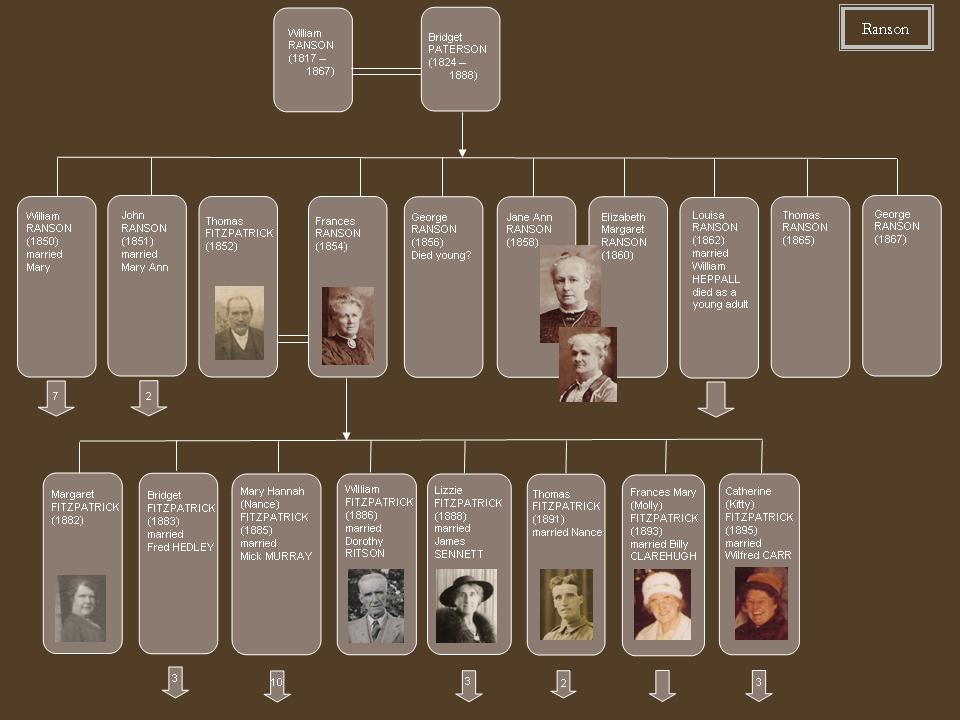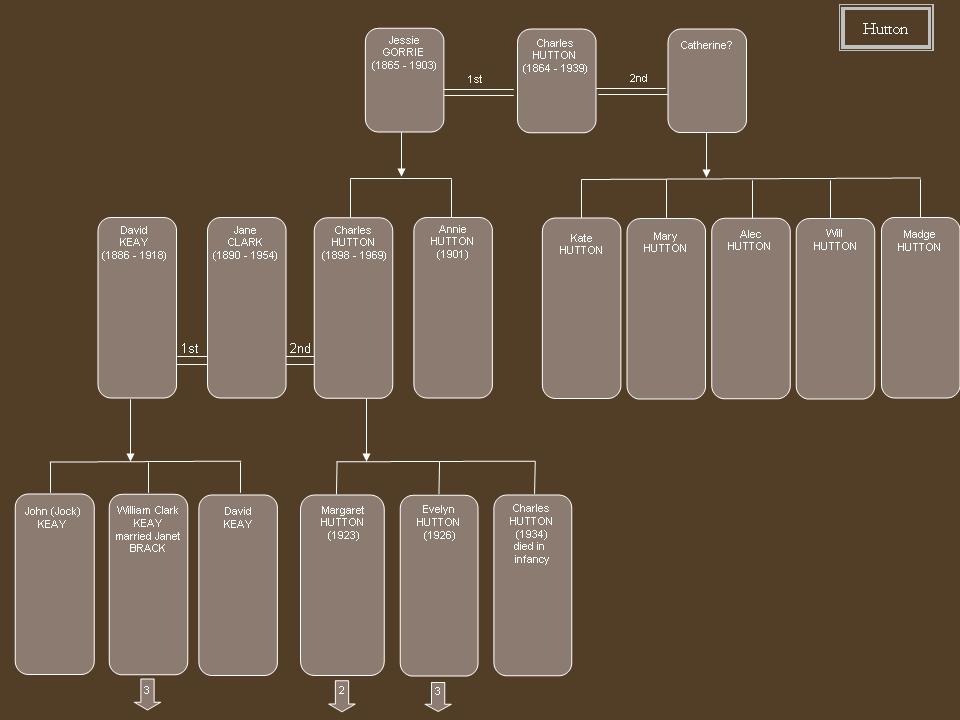News of the release of the 1911 Census data has spawned a wide variety of interest in the media, mainly showing us who's who:
The Guardian found Virginia Woolf and the ancestors of Kate Moss.
The Yorkshire Post looked up Parky, Alan Bennett & Rowntree.
The NME looked up The Arctic Monkeys.
See also a link here - I enjoyed the 'finds' at the bottom of the page.
The Census search site itself (1911census.co.uk) has 3 pages of discussion on the social history of the period, beginning here.
Census returns are kept securely until they are 100 years old, to protect the privacy of the people named in them. The 1911 National Census data, however is being released slightly early (Why? - see this article from 2006) - with a column on infirmities blacked out until 2012. What a huge job the achivists have done to get this all online! Especially as this year's data has been stored in the form of the original handwritten sheets from each house, (rather than the enumerators' collated sheets).
- England & Wales Census data: All the English counties are now available. Wales are yet to come online. The index can be searched for free at Find My Past, and images of the original documents can be viewed (pay-per-view).
- Scottish Census data: In Scotland, the census data was protected more strongly, and so will be released on 5th April 2011. Previous years - see here.
- Irish Census data: can be searched at the National Archives, Dublin. See here. Also (May 2010) the Irish Census for 1901 is to become freely available soon, at The National Archives site.
So far I've searched indexes for some of the Armitage family in Yorkshire/Lincolnshire, also for Harry Sennett & Katura in the Midlands.
North Yorkshire and Durham records have come online - some details have been added into these posts so do take a look before you search.
The 1911 website folks sent me the following blurb;
What did your Yorkshire and Durham ancestors do for a living?
The North of England had emerged from the shadow of the South by 1911, and was home to several industries that were at their peak or vigorously expanding, such as coal mining, ship building and metalworking. In 1911 these industries employed people in their thousands and if you have ancestors in the area, you may well find them in an occupation related to one of these industries.
So far on the census, we have found numerous people employed in Durham and Yorkshire’s major industries, which include thousands of coal miners and metalsmiths; farmers and farm workers; cod and herring splitters and fish dealers; and weavers and spinners.
County Durham: coal, ships, chemicals and glass
One of Durham’s biggest industries in 1911 was coal mining. Much of the coal was exported, and associated with this was a transport industry that grew up to move the vast tonnage of coal produced. The railway network connected the mining and industrial districts with the coast, where the coal was delivered to ships that exported it overseas, and the shipbuilding industry centred in the shipyards at Sunderland, Hartlepool, and Stockton-on-Tees was the largest in Britain.
Other Durham industries in 1911 included paper, tool and chemical manufacturing, the production of salt from brine, limestone production, as well as glass, bottle and earthenware manufacturing in Sunderland.
The Yorkshire Ridings
In terms of geography, Yorkshire was predominantly an agricultural county, though large numbers of people were employed in manufacturing and coal mining. Heavy industry and coal mining were concentrated in the south of the West Riding, in what is now known as South Yorkshire, and Sheffield was world famous for its metalwork and cutlery.
A woollen manufacturing industry had grown up in the West Riding in the industrial revolution, and was still thriving in 1911. Different towns became associated with the different kinds of wool and woollen products they produced; for example, Huddersfield was a producer of fine suit wools, while Dewsbury and Batley were associated with mungo and shoddy (fabrics made from a yarn spun from recycled off-cuts and rags).
The Humber ports of the East Riding served the West Riding coal fields, and were home to another large shipbuilding centre, plus a prosperous import-export trade, which included grains, fruit, as well as vast numbers of people en route from Northern Europe and Scandinavia to the USA. And of course Grimsby and Hull were also centres of trawler fishing, and related fish processing and curing industries.
Unusual Occupations
Alongside the major industries of County Durham and Yorkshire were smaller, specialist industries – and among the occupations listed we have found a mole catcher, a silk winder and a lab technician in a paint factory.
North Yorkshire was known for the mineral content of its water, and in 1911 Harrogate was a prosperous spa town, while the qualities of the water had facilitated a brewing industry in other North Yorkshire towns such as Tadcaster.
As well as the ubiquitous woollen mills in the West Riding, there were a small number of silk mills.
Some smaller industries grew up to service the larger industries and also to make use of their by-products. In Grimsby and Hull there were several manufacturers of fish by-products, including cod liver oil and fish manure. The import of seed to Hull led to seed and grain processing, which in turn spawned a new industry in oil extraction, and there were several plants in the East Riding that produced the technical oils needed to oil the machinery of the nearby industries, as well as to manufacture edible oils, animal feed and paint.
Are you going to spend your Hard-Earned Cash?
So, if any cousins out there decide to go ahead & look further for some relatives (i.e. actually pay to view the whole image & data on a 1911 census return) then it would be very useful if you could share the results with the rest of the family through this blog. {Thanks to Elliot for doing just that, and then some!} You can simply post a comment or send an email to me. That way we don't pay 1911-census-rip-off.com (as some are calling it!!) any more than we must. {Worried about copyright? That's why I don't post up the whole image of any original documents - just snippets of transcriptions is OK, as it's only for our use.}
Actually, I think the fee is quite fair - there has been a lot of work done here. Anyone who doesn't want to pay for lots of sheets can simply wait a few years; then it will be much cheaper, as was the case with the 1901 census. In my particular case, I'm going to wait until all the English counties become available, then I can better prioritise what I'd like to see in full, if any.
Soapbox moment over...














No comments:
Post a Comment